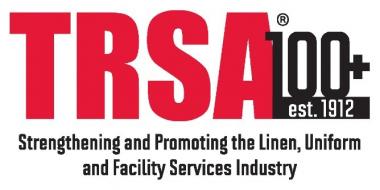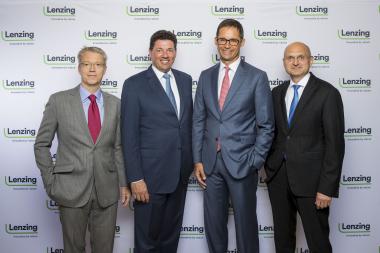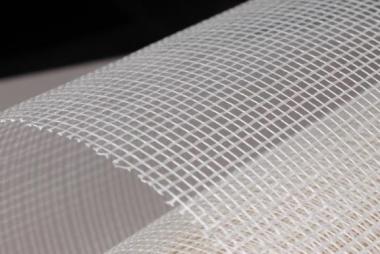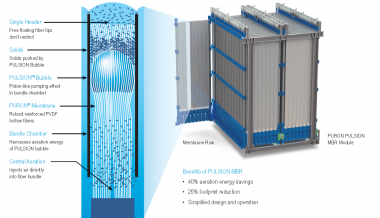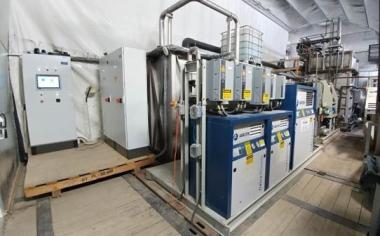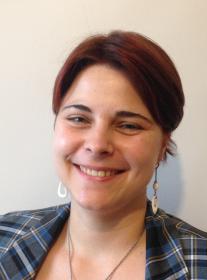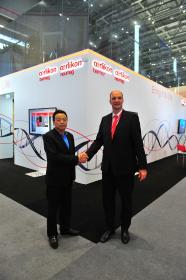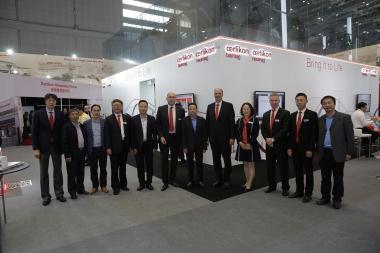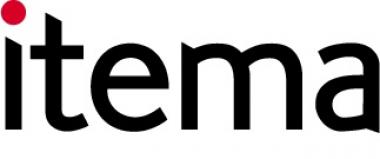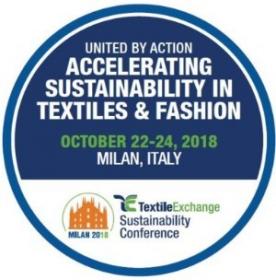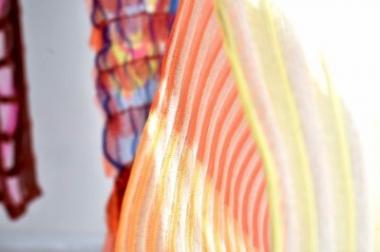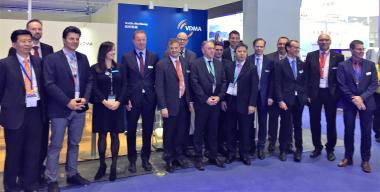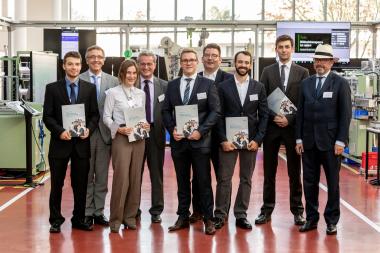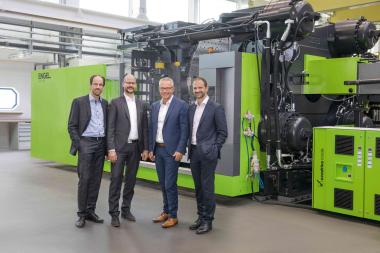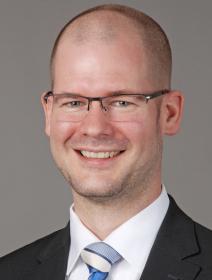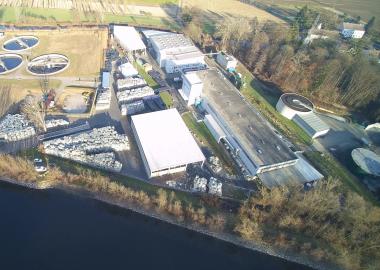TRSA Holds Annual Conference in Napa
TRSA recently held its 105th Annual Conference & Exchange from Oct. 16-18 at The Meritage Resort & Spa in Napa, CA. Nearly 250 linen, uniform and facility services executives and guests gained insights from presentations on technology and family business, plus thought-provoking panel discussions and break-out sessions. They also participated in social events and in the recognition of industry leaders at the Annual Industry Awards Dinner.
Attendees raved about the program, which drew a net promoter score of 74 (anything above 50 is considered excellent). “TRSA's Annual Conference is an excellent opportunity to catch up with old friends, make new connections in the industry, celebrate those who have contributed to our industry and learn about new best practices,” said Jim Buik, president of the Roscoe Co., Chicago. Gerard van de Donk, managing director of ABS Laundry Business Solutions/LSI Inc., added that the conference offered attendees a prime opportunity for networking. “Every time it is valuable to meet and talk with the executives in our industry,” he said. “That is helping us to define our road map toward creating history together.”
The conference began with a keynote address by Vivek Wadhwa, a technology expert and columnist for The Washington Post and Bloomberg BusinessWeek. Wadhwa’s speech looked at technological innovations. Specifically, he examined how those advances are disrupting industries today and how they will continue to do going forward. From the outset, Wadhwa promised a stirring glimpse of what’s to come. “I’m going to take you on a tour of the future,” he said. “I’m going to tell you why this is the most amazing and scary time in human history.” He proceeded to do just that, elaborating on a range of topics from medical/genetic engineering breakthroughs to progress in robotics, water treatment, nanotechnology, energy and more. For example, he noted that the cost of solar energy is dropping exponentially. Within five years, he predicted that the costs for both solar technology and battery storage units will drop by 50% or more.
TRSA
TRSA


